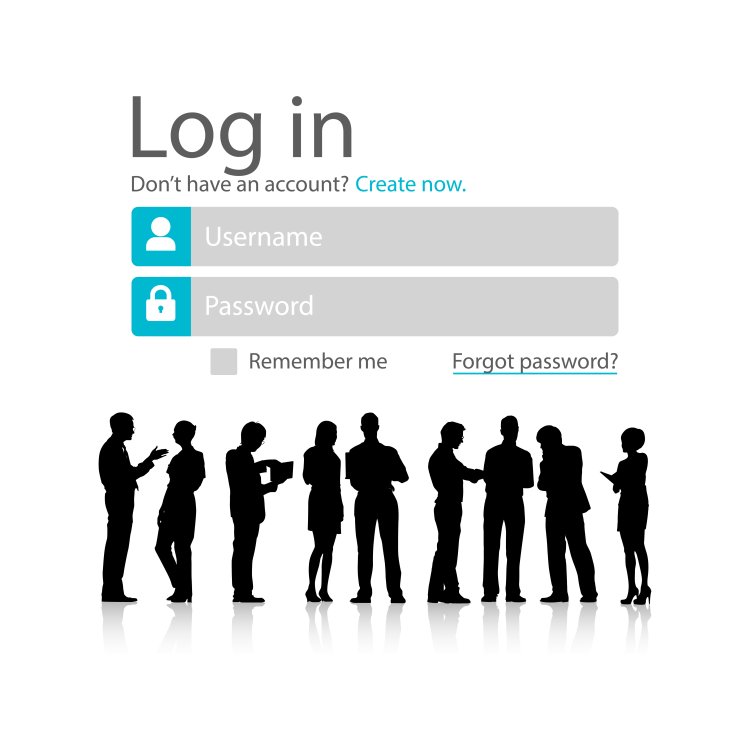How to Choose the Right Icons for Your Website
Learn how to choose the perfect icons for your website with this guide. Discover tips on style, clarity, functionality, and accessibility to improve user experience and design.

Introduction
Icons are one of the essential elements in modern web design, which help users navigate a site clearly and intuitively. Choosing the right icons can improve user experience and make a site more aesthetically pleasing. For ready-to-use accessible icons, visit IconFair. This post will walk you through the process of selecting the ideal icons for your website.
1. Understand Your Website's Purpose and Audience
Determine first the purpose of your website and the type of audience it attracts. Examples would be:
-
Corporate Websites: More formal and less playful, conveying a more corporate look to denote seriousness.
-
E-commerce: Bold, attractive icons that draw engagement.
-
Blog/Personal Sites: You may allow for a creative, more light-hearted look by choosing an interesting icon.
2. Icon Style: Consistency and Branding
The style of the icons should fit in with the overall design and branding of your website:
-
Flat vs. 3D Icons: Flat icons are modern and clean, while 3D icons can offer a more realistic feel.
-
Outline vs. Solid Icons: Outline icons are minimal and sleek, while solid icons tend to be bold and striking.
-
Color Palette: Ensure the icons use colors that match or complement the branding of your website. Consider accessibility, ensuring icons are distinguishable for users with color blindness.
3. Size and Clarity
Icons should be clear and easy to understand. Avoid overly complex designs, as they can confuse users. Ensure icons are scalable without losing clarity, especially when viewed on different screen sizes.
4. Functionality of Icons
Icons should be functional on your site. Whether they are used for navigation, calls-to-action, or data representation, icons need to communicate their intended function.
5. Accessibility Considerations
When selecting icons, consider accessibility. Make sure they are distinguishable for all users, including those with visual impairments. Proper alt text should be used and icons should be easily clickable or tappable.
6. How to Source Icons
When it comes to icon sourcing, there are a few options:
-
Icon Packs: Many websites offer free and premium icon packs for download. For example, IconFair provides a wide range of customizable icon packs.
-
Custom Icons: If your brand needs something unique, you can hire a designer or use tools like Adobe Illustrator to create custom icons.
-
SVG vs. PNG: SVG icons are scalable and lightweight, making them perfect for web usage.
7. Testing Icons for User Experience
After selecting icons, it is crucial to test them on your website to ensure that they are effective. Carry out user testing to get feedback for icon clarity and functionality.
Conclusion
It enhances usability, accessibility, and general design of the website by the right choice of icons. Ensuring that it is of proper style, size, clarity, and functionality is possible only through such considerations. This guest post provides cultural insights with practical design tips to put together something really valuable for the designers worldwide in IconFair.
What's Your Reaction?

















.jpg)
.jpg)


